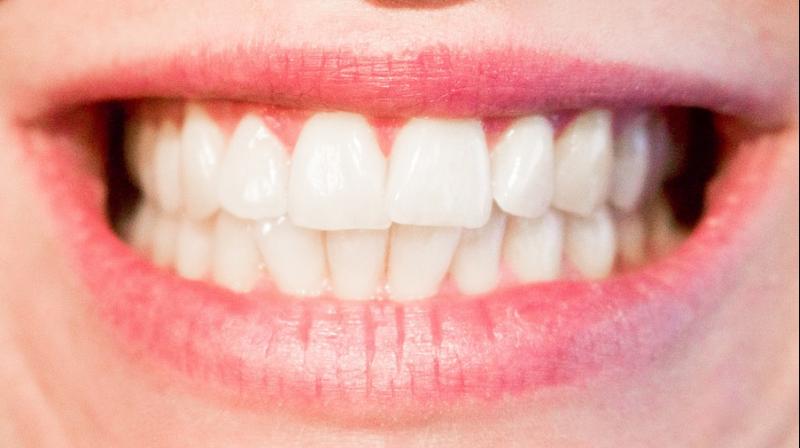
When a patient winces at the mention of a dental procedure in my clinic, it reminds me of a deeper pain our nation faces – the staggering cost of neglecting oral health. While we meticulously track economic indicators and GDP growth, a silent epidemic erodes our nation’s productivity: poor oral health costs India over Rs 60,500 crore annually through lost productivity from just the top five oral diseases.
The Scale of India’s Oral Health Crisis
The World Health Organization’s latest report reveals a troubling reality: 43.3% of our children suffer from untreated dental caries, while 28.8% of Indians above age five live with untreated cavities in permanent teeth. Perhaps most concerning is that India accounts for 36% of global oral cancer cases and 42% of deaths, a staggering 136,000 cases and 75,000 deaths every year. These aren’t just statistics. They represent millions of people whose quality of life, and that of people connected to them, is compromised by preventable oral health issues.
At IDA’s community clinics, we witness this crisis firsthand. In a recent Mumbai study involving 13,004 students, we found that 63% suffered from dental caries, 34% had various forms of gum diseases, and 19% had missing, fractured, or damaged tooth structure. More telling is that 56% required simple fillings, and 49% needed basic scaling and polishing – straightforward preventive procedures that could prevent more serious complications and their associated costs.
The economic impact becomes even more pronounced when we consider behavioral patterns. In 2019, a survey found that while more than 7 out of 10 adults surveyed claimed to have healthy teeth, 89% of them suffered a major oral health problem. A recent Colgate-Kantar study also revealed that 46% of Indians suffer from oral health problems, yet only 35% take action, while 11% do nothing. Among those who act, merely 19% seek professional consultation. Such inattentiveness and hesitations translate into lost workdays, reduced productivity, and eventually, more expensive treatments.
Bridging the Healthcare Divide
The rural-urban divide further amplifies these costs. While urban areas have one dentist per 10,000 people, rural regions manage with just one per 150,000 individuals. This disparity particularly affects preventive care, leading to higher treatment costs when conditions worsen. The impact is especially evident in tobacco-related oral health issues, where users show 26% incidence of yellowing and staining compared to just 10% among non-users.
Through IDA’s Vision 2032, we’re addressing these challenges comprehensively. Modern dentistry has evolved far beyond the fearsome drill that many Indians still associate with dental visits. Today’s practices use advanced technology that prioritizes patient comfort – digital imaging allows precise diagnosis without discomfort, and minimally invasive procedures preserve natural tooth structure while reducing long-term costs.
A Path to Prevention and Progress
However, the transformation needed is as much about perception as it is about access. Just as we’ve embraced preventive approaches in other health areas – from regular health check-ups to fitness routines – we must recognize dental care as an essential investment in our nation’s health and productivity. Currently, government health schemes cover only 30% of the population for basic dental procedures, a figure that must increase for this preventive approach to succeed.
At our community clinics, we’re already seeing how changing this approach yields results. Flexible scheduling accommodates working professionals, reducing lost work hours. Affordable preventive care options make regular check-ups accessible, preventing costly complications later. When patients view their dentist as a wellness advisor rather than just an emergency responder, we see better health outcomes and reduced economic burden.
The path forward requires a shift in how we view dental healthcare investment. Regular dental check-ups should be as routine as annual health screenings or gym sessions. Modern dentists aren’t just problem solvers; we’re healthcare partners invested in preventing issues before they arise. This preventive approach not only improves health outcomes but also significantly reduces the economic burden on individuals and our healthcare system.
The hidden costs of poor oral health extend beyond immediate medical expenses. They manifest in reduced productivity, missed educational opportunities, and diminished quality of life. By investing in preventive oral care and changing how we approach dental health, we can significantly reduce these costs while building a healthier, more productive nation.
As we move forward, the dental profession stands ready to partner with patients in this transformation. We’re not just treating teeth; we’re investing in India’s future. After all, a nation’s smile is a reflection of its health and prosperity. The question is no longer whether we can afford to invest in oral health – it’s whether we can afford not to.
The article is authored by Ashok Dhoble, Honourable Secretary General, Indian Dental Association (IDA)
